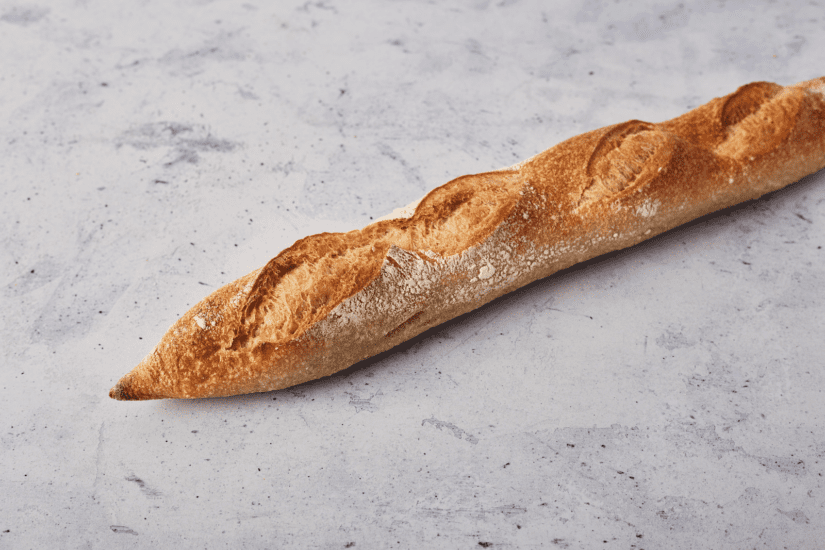All About The French Baguette

The baguette is as French as it gets.
There are some wonderful legends, stories and anecdotes as to how the baguette came to exist in its current form and become not only the de facto breakfast of many French people but also, a nation’s symbol and reference point.
The word baguette comes from the Latin word for stick, according to the shape of the bread. Before 1920, the baguette was being eaten across France, but it officially became written into law in 1920 to define this particular type of bread as being a baguette with its intrinsic characteristics, which we still recognise today.
Napoleon is never far from any French cultural legend and there is a legend that Napoleon ordered a change in the shape of bread to aid his troops; he wanted a loaf that could fit into the slender pockets of his army’s uniform and asked the bakers to change it.
The baguette: A construction story
Another strand of thought tells the story about the construction of the Paris Metro and how it was involved in the invention of the baguette. It was a huge construction project, which involved thousands of workers from different neighbourhoods who were very territorial and used to fight in the dark, long tunnels while they were building the tracks. Knives had to be banned to avoid the violence but how were the men to cut their bread? Bakers invented a lighter bread, which could be torn instead of cut.
In 1920, a new law came into being that said workers shouldn’t have to get up before 4 am to go to work, which meant that bakers had to bake bread in a much shorter time frame. The logical conclusion of this legislation is that someone created a loaf that was longer and thinner so that it cooked in less time.
The Austrian baguette?
There is another school of thought that claims the baguette is really Austrian. The argument goes that traditional French bread was wholemeal, rounder and flatter in nature until an Austrian brought a steam oven to Paris. In the late 1830s, Austrian August Zang set up a bakery in Paris that introduced the French to the Viennese kifpel, a crescent-shaped pastry that the French called a croissant. The combination of these new Austrian steam processes for baking and the abundance of new, cheaper white flour led to the baguette being created.
The baguette is the most popular type of French bread in France. It became popular after World War II when government working restrictions made it difficult to produce other kinds of bread
What is a baguette?
A baguette is a long, thin type of bread that is commonly made from basic lean dough (the dough, though not the shape, is defined by French law). It is distinguishable by its length, crisp crust on the outside and soft inner core. A baguette has a diameter of about 5 to 6 cm and a usual length of about 65 cm, although a baguette can be up to 1 m long.
In France, you’ll find high-quality organic and artisanal baguettes sold in “boulangeries”. You can also find less expensive, mass-produced baguettes at larger chain stores.
The baguette “classique” is white inside with a crisp crust and is leavened with yeast. This is often the cheapest one and they are sometimes made with additives, gluten, ascorbic acid, and other preservatives. In France, most good bakeries put their energy toward the most artisanal baguette: the baguette “tradition”. By a law enacted in 1993, a baguette “tradition” can only contain four ingredients: flour, leavening, water, and salt. There are usually hand-formed and baked on the premises, and have sourdough starter in them.
In November 2018, documentation surrounding the “craftsmanship and culture” of making this bread was added to the French Ministry of Culture‘s National Inventory of Intangible Cultural Heritage. In 2022, the artisanal know-how and culture of baguette bread was inscribed to the UNESCO Intangible Cultural Heritage Lists.

